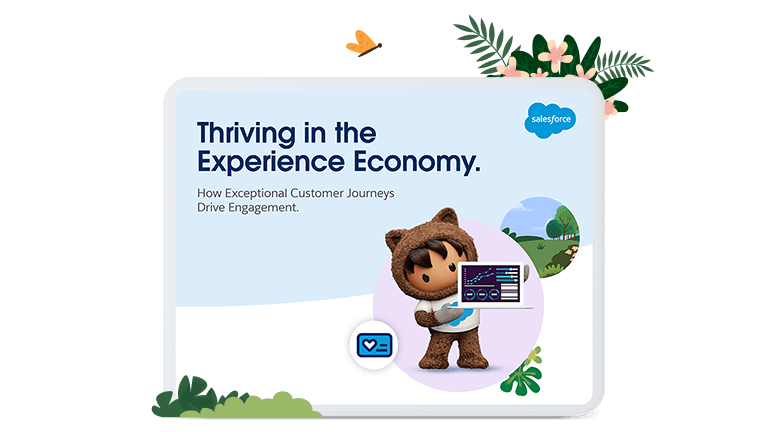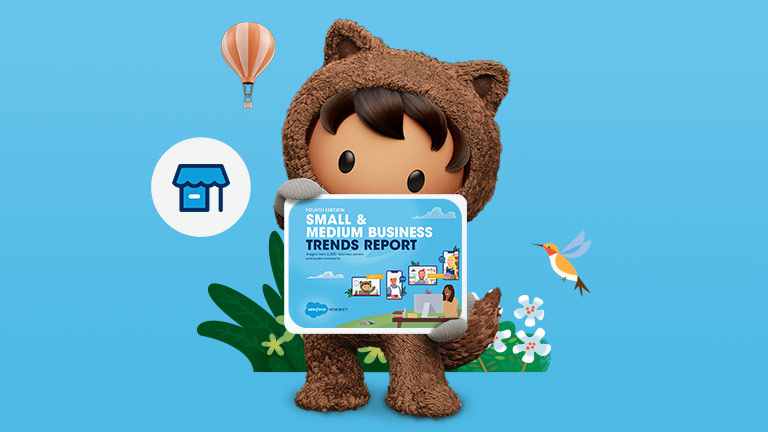Market intelligence can help businesses gain deep customer insights, develop winning products, mimimise investment risk and seize new opportunities. But the power of market intelligence goes far beyond future planning. It’s also a crucial tool for attracting new customers, maximising resources and building better relationships.
Let’s take a look at how you can unlock the power of market intelligence and put it to work for your business.
What is market intelligence?
Market intelligence is derived from gathering and analysing data about the market a business operates in, or is seeking to enter. In other words, it’s the end product of data-driven research.
By analysing market data about trends, customers and competitors, organisations can create a more informed business strategy for operating in that market – or whether it’s worth entering that market at all.
What are market intelligence tools?
Market intelligence tools help businesses gather and analyse market data. CRM (Customer Relationship Management) and CDP (Customer Data Platforms) tools can unite data from disparate sources to provide a fuller picture of customers and the marketplace.
Other tools like Sales Cloud, Service Cloud and Marketing Cloud can help gather feedback from customers and provide teams with key analytical insights. Whatever market intelligence tools you choose for your business, it’s important to ensure that the information is shared across departments, eliminating any rogue or siloed data.
The components of market intelligence
The customer. All roads lead to the customer. Without knowing what the customer wants, you’ll have a hard time meeting their needs. When leveraging your market intelligence, make sure the customer is at the heart of your strategy.
The offering. When looking at market intelligence, you’ll want to focus on what exactly you’re offering the market. Research the price points, functionality and target audience of similar offerings. How do your products or services stack up? Can they be tweaked to stand out?
The competition. Once you know your customer and your product, you can see how you stack up to your competition. What can you do better than your competitors? What can you learn from them? What are their customers saying about them online? Research their brand voice, their long-term strategies and how they’re engaging their – and your – customers.
What are some examples of market intelligence?
Market intelligence can be derived from a wealth of different sources – some digital, some physical. If you have market intelligence tools, such as a CRM, you can centralise this data to get a clearer picture of the market.
Some examples of market intelligence include:
Information from focus groups.
Responses from surveys.
Marketing data showing customer preferences.
Purchasing behaviour of existing customers.
Feedback from sales and service teams.
Customer feedback from social media channels.
A/B tests.
Intelligence collected from competitors’ websites.
Website analytics that analyse the customer journey.
Online reviews of your business and your competitors.
Online chatter about your offerings.
These are just a few of the ways that you can accumulate market intelligence. It’s important to remember what you’re looking for: gaps in the market. New opportunities. Pain points that can be addressed. Ways to improve existing offerings. Potential competitive advantages. Chances to make emotional connections with customers. All of this market intelligence is being leveraged towards a common goal – making your business the absolute best it can be.
Six tips for unlocking the power of market intelligence
Choose KPIs that match your goals. KPIs, or Key Performance Indicators, can act as a guidepost for keeping your business pointed squarely at its market goals. As such, it’s important that you pick the KPIs that move the needle most. Ensure that you have short-term and long-term KPIs that, if met, will put you where you want to be. For instance, if you want to improve your online reputation, you can set KPIs around your Net Promoter Score. If you want to improve your service, you can look at raising your CSAT (Customer Satisfaction Score).
Create a world-class CX (customer experience). The customer experience can no longer be ‘OK’; it has to be exceptional. After all, your competitor is just a few clicks away. Use your market intelligence to craft a CX that stands out from your competitors’. In other words, turn it into a differentiator. This doesn’t necessarily mean delivering delight at every turn – it can be as simple as being more efficient, frictionless and fuss-free. Most importantly, it should be highly personalised.
Brainstorm new products or services. Market intelligence can be a powerful driver of positive change. If your company is idle, your competitors will likely race ahead. Use data about your market to see what areas aren’t being addressed. Look for opportunities to create new offerings that capitalise on these gaps. You can also reach out to your customers to ask for suggestions. Companies like DHL have even launched new products as the result of workshops with customers.
Consider new audience segments. One of the most impactful benefits of market research is the ability to expand your customer base. Look beyond your current customers and see if there are any opportunities to reach new segments. Are your competitors engaging with an audience that you’d like to capture? What are they offering them? How are they communicating? Can you re-position your current offerings to engage this audience? Can you tweak them to offer something better?
Create a next-level loyalty programme. Market intelligence can help shape the relationship you have with your customers. Not only can it inform your messaging, offering and voice; it can help you optimise your rewards. Use your data to create a loyalty programme that offers your audience something that they’ll actually appreciate, rather than a one-size-fits-all programme. By creating a best-in-market loyalty programme, you can drive long-term loyalty, lower customer acquisition costs and improve customer retention.
Reduce risk. In uncertain economic times, you’ll want to minimise the risk of your investments. One of the best ways to do this is by evaluating the market. Market intelligence will help you see what the market is hungry for, so you’ll already know whether there’s an audience for your products or services before developing them. Making a bad decision can be expensive. Market intelligence can help you make smarter investments.
Fire up your market intelligence tools – it’s time to build a smarter business
We’re living in a data-driven world, and market intelligence tools can help today’s organisations get the most out of their resources. By having deep market insights, SMEs can improve their marketing activities, pursue profitable new opportunities, define their voice and win customers for life. Just as importantly, they can make more informed investments.
If you’re ready to do big things with your data, check out our guide to CRM. And to see how to create a customer experience that stands out from the crowd, read our guide, Thriving in the Experience Economy.






